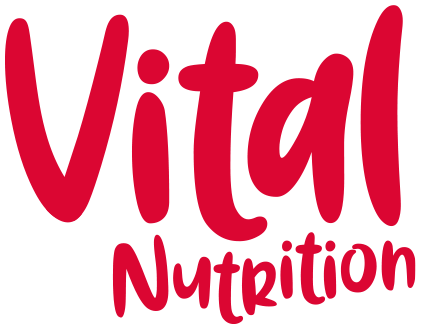Eating for pain management
It is estimated that one in five people in Northern Ireland are living with a chronic pain condition like arthritis, fibromyalgia, endometriosis or inflammatory bowel disease.
There are many reasons for persistent and chronic pain, including injuries, illness and underlying medical conditions. Chronic pain is hard to live with. It can affect everything from your sleep and mood to mobility and stress levels.
It is well evidenced that diet and lifestyle changes can make a big difference to pain management. Of course, there is no such thing as a magic pill and everyone will find their own way to manage pain that works for them, but gentle exercise, meditation or mindfulness, good sleep patterns and stress management all have a role to play.
The western diet has a lot to answer for. Packed with processed food, too much sugar and refined grains, low in fruit and vegetables, fibre and healthy fats, the way we choose to eat can drive inflammation and increase pain.
Often, when I run workshops with groups, they start their meetup with a cup of tea or coffee and a scone, biscuit or bun. Of course, this sort of food is ok as an occasional, every-now-and-then food, but if this is a daily habit, or these snacks of sugar and refined carbs could be contributing to the production of proinflammatory mediators.
Imagine if we swapped to fruit and yoghurt, veg sticks and houmous, or a handful of nuts and an apple. These foods have more antioxidants that are essential for anti-inflammatory defence to help reduce pain.
Chronic pain often results from a persistent proinflammatory state and the foods we choose to eat can have a big impact on this.
Chronic pain can be helped by reducing the intake of proinflammatory foods and increasing the intake of unsaturated fats, fruits, and vegetables. It sounds simple, but the reality is that most of us find it hard to make significant changes to our diets, so the key thing is to take it one step at a time.
A Mediterranean-style diet high in whole-grains, fish, fruits, green vegetables, and olive oil is where it’s at, but adapt this to our local food and environment. These types of foods are rich in vitamins, minerals, fibre, micronutrients and essential fats that help manage pain and inflammation.
Antioxidants – eat a colourful diet, packed with a rainbow of different types of fruit and vegetables. Find out what is in season and cook in different ways. Be creative with ideas for adding more vegetables into your diet. Use frozen fruit of veg for convenience, variety and cost. Aim to include berries and dark green leafy vegetables every day. Include at least one portion of fruit or veg at breakfast so that you can hit the 5-7 portion target by the end of the day.
Omega 3 fats have anti-inflammatory properties. If you like oily fish, get more into your diet. Aim for 3 x week if you live with chronic pain. Tinned mackerel or sardines are handy and cheap. Anchovies, salmon, trout and herring all count, but tuna is not quite as oily, so replace with sardines or mackerel to up your omegas.
Ditch the white, refined grains. Some people with chronic pain do better on a low gluten, or gluten-free diet, but if this works for you, take care that you are not adding in processed foods. Look out for red lentil pasta, use brown rice, jumbo oats (gluten-free if you need to) or quinoa are all good choices.
Read the labels. Cut down on sugar and avoid aspartame. This artificial sweetener may trigger pain in some people. Found in drinks, yoghurts, chewing gum and other foods.
Give your body a rest and fast for at least 12 hours overnight. This can help manage inflammation, support better digestion and may help with weight management.
A healthy balance of bacteria in our gut microbiome may help modulate pain receptions and contribute to a normal immune response. Probiotic foods like live yoghurt, sauerkraut, kimchi and kombucha could be a useful addition to your diet.
Remember to change one thing at a time. Living with chronic pain can mean your energy levels are low too, so go easy and start with the simple thing. How about swapping that mid-morning coffee break to a green tea, or having fruit and natural yoghurt instead of a pancake or bun. One step at a time!
For more information on pain management and support in NI: https://www.hlcalliance.org/page/pain-support

